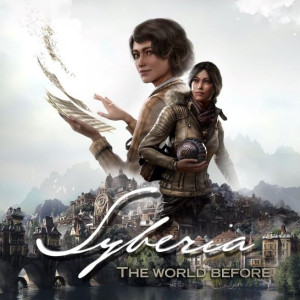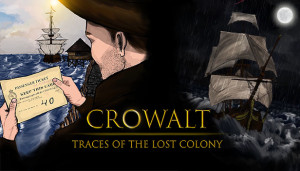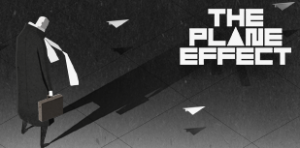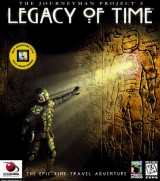Review for Inked: A Tale of Love

Intervista, a movie by famed Italian director Federico Fellini, tells the story of a team of journalists making a documentary about the director's life, creative process, and memories from his many years in the film industry. Actually, Fellini has made a film about the making of a film about… the making of a film. Inked: A Tale of Love, a game by Somnium Games, published by Starbreeze Publishing, is based on a similar loop.
It tells the story of a "Nameless Hero", as he is referred to in the game, a Samurai of sorts, who embarks on a journey, armed with his pen, to find his loved one, Aiko. She has gone to unknown whereabouts to find a cure for a mysterious disease affecting the Black Birds. His journey will take him across the land and the sky, through freezing cold, searing heat, and surreal darkness. As the game progresses, the relations between the game's protagonists and the artist/developer who created them are gradually revealed. Not only do they sometimes converse with him directly, but it also appears that their story actually reflects his own. Memories from his past float in front of The Hero and Aiko's very eyes. The emotional ending ties the two separate stories together. In other words, IATL is a game created by an artist and is about an artist who, like Fellini, creates a fictional world in order to tell his story.
The graphics in IATL are hand-drawn, pen-and-paper style. Even the (unchanging) cursor itself is shaped like the tip of a fountain pen. The colour palette is monochromatic and changes between locations. A jungle is, for instance, green and white, and the desert is red and white. Shading is achieved through the changing density of ink lines. The hero is always drawn in blue, perhaps a hint at his mood without Aiko. Locations are varied, including a desert, a jungle, and a stone maze in the sky. The game is basically one large maze after another, with puzzles scattered throughout. You can never get lost in any maze, as the Nameless Hero's path is pre-set and the mazes are not too complex.
All the puzzles are physics-based. You can manipulate recurring objects such as ramps, spheres, fans, boxes, and planks in order to pull a switch, defrost an ice wall or reveal a hidden staircase. When manipulating an object, a grid appears which enables you to place it in the required spot and angle. This is done by using both the left and right mouse buttons and can be a bit confusing or inconvenient at times. Each location adds a new object to the already familiar ones. All are needed in order to solve the puzzles there. The puzzles themselves are getting more complex as you progress. They may be difficult, but not impossible to solve. Objects may sometimes fall into the water or into a ravine. No need to worry – they will miraculously reappear until you find the right way to use them. This is a very nice and convenient feature of the game.
Another useful feature is that there is almost no backtracking. All you need in order to solve a puzzle is right there before your eyes. No need to retrace your steps, or carry cumbersome objects from afar.
Movement is node-based. You click wherever you want The Hero to go, and he will comply, leaving a trail of vanishing ink spots in his wake. For most of the time this works, but in later stages, there are some puzzles in which The Hero has to run in circles as part of the solution. This is where this control scheme gets a bit clunky, causing him to be stuck in one place or to run either aimlessly or in the wrong direction altogether. Controlling The Hero is inconvenient also when pulling or dragging heavy boxes in different directions, an action which is required in many puzzles. Another quibble involves camera angles. Actually, camera angle. It is unchangeable, sometimes causing The Hero to disappear behind rocks, making you believe there is a place of interest right around the corner. There were some puzzles in which a better point of view would have led to an improved understanding of the required solution, or reduced the amount of trial and error.
The music in IATL is rich and relaxing. While not very dramatic, it manages to convey a range of emotions from love and longing to fear and a sense of imminent danger. Sound effects are good, as are the ambient sounds. There is careful attention to detail; you can hear a fire crackling, frogs croaking and birds chirping. An extra treat: the animated gusts of wind, in a true cartoon-like fashion. There are no dialogues. The story is narrated by an unseen storyteller. His narration is very good if a bit melodramatic. It reminded me of a fairytale or a bedtime story.
Inked: A Tale of Love offers an interesting look at how the personal life of an artist finds its way into his creation, whether it is a painting, a book, a piece of music, or a computer game. It sheds light on the close, even intimate connection between the artist and the world he or she creates. Traversing this world will take each and every one of us on a uniquely personal journey. First and foremost, the game is based on a good, emotional, and relatable story, enhanced by the soundtrack and graphic design -- and there you have it -- an outstanding adventure game.


























